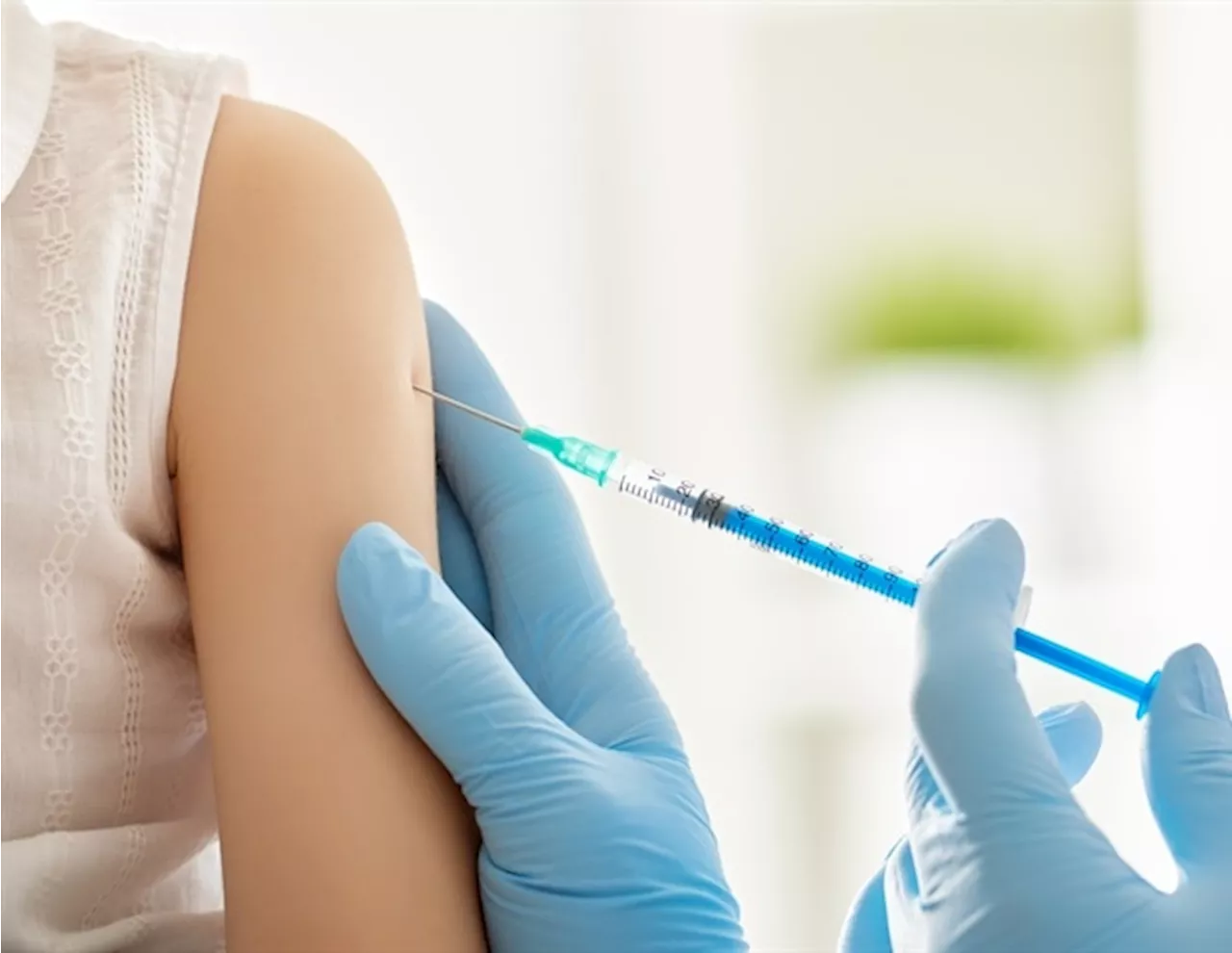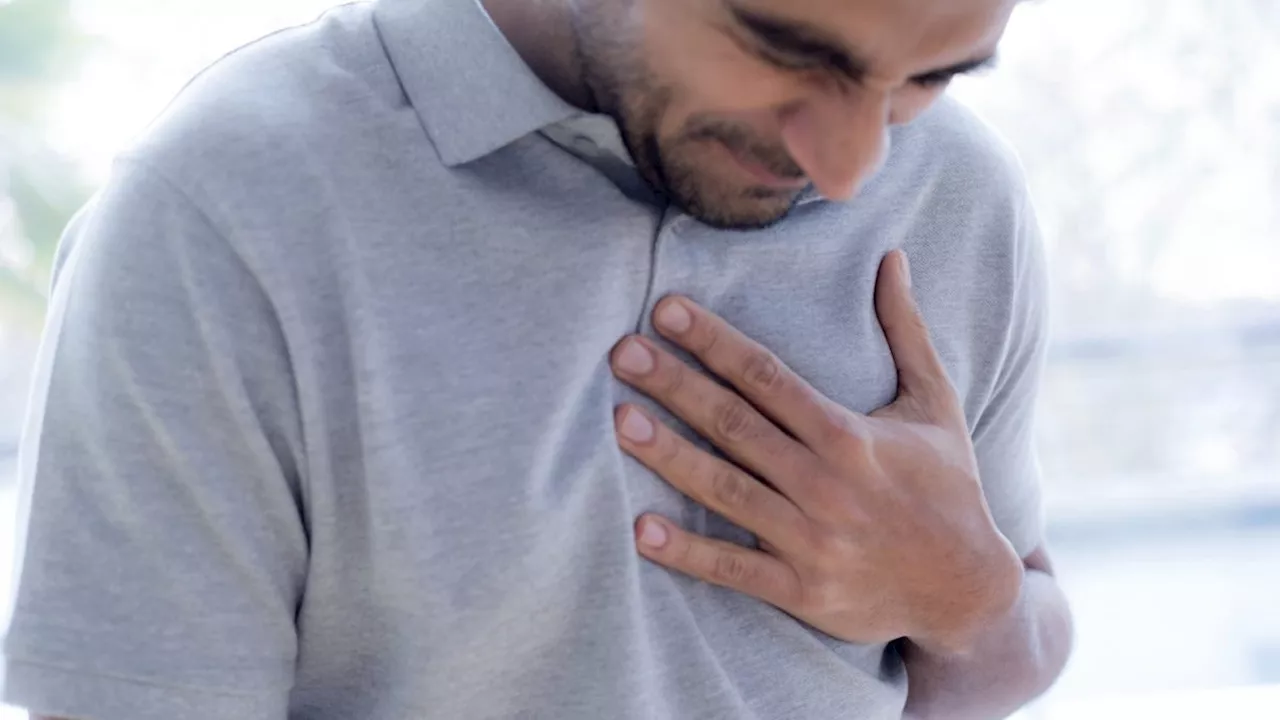A new heart treatment using patches of muscle tissue grown from reprogrammed stem cells shows promise in early trials. The patches, sewn onto damaged heart muscle, have been shown to survive and integrate, leading to improved heart function in some patients.
Previous attempts to use cell therapies for heart disease have fallen short, but a new approach using muscle patches shows promise. This innovative treatment involves sewing patches of muscle tissue, originally derived from blood cells, onto the heart. Early results from the first few patients treated with this method are encouraging.
The initial close examination of a heart that received this treatment revealed that the patches successfully integrated, surviving and establishing a good blood supply. Additionally, another patient experienced an improvement in heart function. Professor Wolfram-Hubertus Zimmermann, a heart surgeon at the University Medical Center Göttingen in Germany, who contributed to the development of these patches, stated, “We now have, for the first time, a laboratory-grown biological transplant available which has the potential to stabilize and strengthen the heart muscle.”Heart disease remains a leading cause of death, and while treatments like drugs and surgery to widen narrowed arteries exist, many individuals who experience heart attacks eventually develop a weakened heart over time, a condition known as heart failure. This new approach focuses on harnessing the power of stem cells. Stem cells are unique because they can multiply indefinitely and differentiate into various cell types, unlike most specialized cells in the body that have limited regenerative capabilities. The concept is to utilize stem cells to regenerate cardiac muscle damaged by heart attacks, potentially treating heart failure or even preventing its development. Previous attempts to use stem cells for heart disease treatment faced challenges. Bone marrow stem cells, initially touted as a potential treatment, failed to deliver the expected results in clinical trials, and some studies were found to have fabricated data. The current approach differs significantly. Scientists reprogram adult cells into an immature embryo-like state before guiding them to become heart muscle cells. These cells, combined with supporting cells, are cultivated into patches, approximately 4cm in length and width, which are then sewn onto damaged heart muscle.A drawback of this treatment is the need for patients to take immunosuppressant medications to prevent the body from rejecting the patches, similar to organ transplants. Long-term immunosuppression carries risks such as an increased susceptibility to infections, but the potential benefits of treating advanced heart failure, which has a survival rate of only one year without intervention, outweigh these risks. Although the full trial results are yet to be released, doctors announced in March that the first patient to receive 10 patches, 66-year-old Frank Teege, experienced a significant improvement in cardiac output, rising from 10% to 35%. Mr. Teege, who was experiencing debilitating weakness before the surgery, expressed his gratitude for the treatment's positive impact on his life.In a separate case, a 46-year-old woman who received heart patch treatment while awaiting a heart transplant provided valuable insights. While a donated heart became available three months after the procedure, the examination of her original heart revealed that the patches had survived and integrated, with blood vessels growing into them. This finding offers strong evidence for the viability and effectiveness of this innovative treatment approach
HEART DISEASE STEM CELLS CELL THERAPY REPROGRAMMED CELLS MUSCLE PATCHES HEART FAILURE CLINICAL TRIAL MEDICAL INNOVATION
United Kingdom Latest News, United Kingdom Headlines
Similar News:You can also read news stories similar to this one that we have collected from other news sources.
 HIV drug access remains a major challenge despite promising trial resultsPromising new drugs to prevent and treat HIV have the potential to transform the response to the disease. But getting these drugs to those who need it most will be critical, says Beatriz Grinsztejn, president of the International AIDS Society.
HIV drug access remains a major challenge despite promising trial resultsPromising new drugs to prevent and treat HIV have the potential to transform the response to the disease. But getting these drugs to those who need it most will be critical, says Beatriz Grinsztejn, president of the International AIDS Society.
Read more »
 Marvel Rivals Season 1: First Balancing Patch Targets Hawkeye and HelaNetEase's popular shooter, Marvel Rivals, is gearing up for season 1 with its first balancing patch. The patch aims to address the dominance of shield-and-ranged hero combos, particularly targeting Hawkeye and Hela with nerfs. Other changes include buffs to mobile heroes like Captain America and Venom, and heroes like Wolverine and Storm who excel in specialized compositions.
Marvel Rivals Season 1: First Balancing Patch Targets Hawkeye and HelaNetEase's popular shooter, Marvel Rivals, is gearing up for season 1 with its first balancing patch. The patch aims to address the dominance of shield-and-ranged hero combos, particularly targeting Hawkeye and Hela with nerfs. Other changes include buffs to mobile heroes like Captain America and Venom, and heroes like Wolverine and Storm who excel in specialized compositions.
Read more »
 We may not have a roadmap or balance patch just yet, but at least Path of Exile 2's bugfix patch notes are funnyStrongboxes really are terrible.
We may not have a roadmap or balance patch just yet, but at least Path of Exile 2's bugfix patch notes are funnyStrongboxes really are terrible.
Read more »
 The Finals update 5.4.0 patch notes detail big changes to modes and gadgetsNow that the holidays are over, The Finals regular schedule should be back as Embark share the update 5.4.0 patch notes.
The Finals update 5.4.0 patch notes detail big changes to modes and gadgetsNow that the holidays are over, The Finals regular schedule should be back as Embark share the update 5.4.0 patch notes.
Read more »
 Neverwinter Nights Enhanced Edition Gets New Patch From Unpaid Community EngineersBeamdog released a new patch for the 2018 enhanced edition of Neverwinter Nights, developed entirely by unpaid software engineers from the game's active modding community. The patch includes quality of life adjustments to the game's level editor, new graphics options, and major performance improvements.
Neverwinter Nights Enhanced Edition Gets New Patch From Unpaid Community EngineersBeamdog released a new patch for the 2018 enhanced edition of Neverwinter Nights, developed entirely by unpaid software engineers from the game's active modding community. The patch includes quality of life adjustments to the game's level editor, new graphics options, and major performance improvements.
Read more »
 UQ and Vaxxas Win Global Prize for mRNA Patch VaccineThe University of Queensland and Vaxxas have won a US$2 million grant as part of BARDA's Patch Forward Prize to develop a patch-based mRNA vaccine for COVID-19. This technology aims to overcome challenges associated with cold-chain storage and distribution, potentially increasing access to vaccines globally.
UQ and Vaxxas Win Global Prize for mRNA Patch VaccineThe University of Queensland and Vaxxas have won a US$2 million grant as part of BARDA's Patch Forward Prize to develop a patch-based mRNA vaccine for COVID-19. This technology aims to overcome challenges associated with cold-chain storage and distribution, potentially increasing access to vaccines globally.
Read more »
